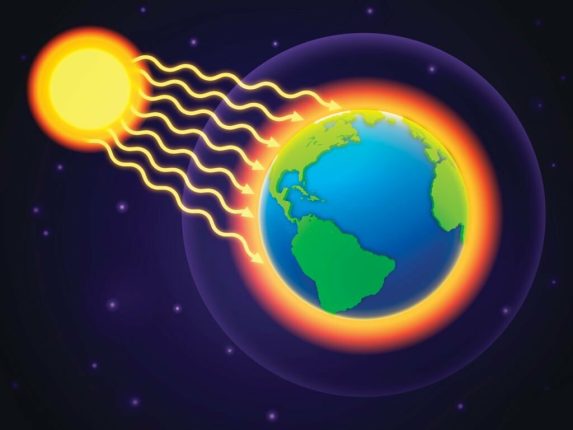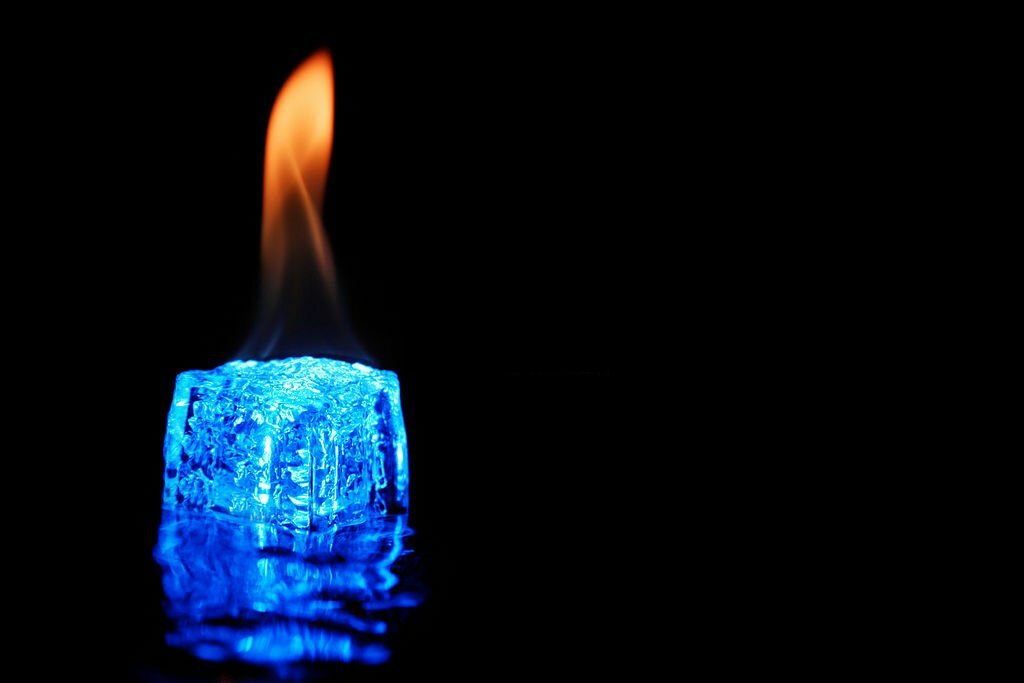Explore the enigmatic phenomenon of heat transfer, pondering whether heat can move from a cold entity to a hotter one. Uncover the intricate mechanisms governing this intriguing process.
Can Heat Transfer from Cold to Hot
In the realm of thermodynamics and heat exchange, the question of whether heat can migrate from a colder object to a hotter one frequently kindles our inquisitiveness. This article embarks on unraveling this captivating notion, shining a spotlight on the underlying science and mechanisms. From elementary principles to real-world implications, we will delve into the enthralling universe of heat transmission.
A comprehensive understanding of heat transfer holds significance in diverse domains, spanning from engineering to our everyday lives. It influences our comfort, energy efficiency, and even the performance of machinery. The question at hand is whether heat can truly traverse from cold to hot. Let’s embark on this intellectual journey to discover the truth.
The Fundamentals of Heat Transfer
To fathom the intricacies of heat transfer, we must first lay a foundation with fundamental concepts.
1. Defining Heat Transfer
Heat transfer entails the relocation of thermal energy from a warmer entity to a cooler one. This phenomenon manifests in three primary modes: conduction, convection, and radiation.
2. Conduction: The “Hot Potato” Effect
Conduction delineates the transmission of heat via direct contact between particles. Visualize holding a scorching potato in your hand. The heat migrates from the hotter potato to your cooler hand through conduction.
3. Convection: The Dance of Fluids
Convection characterizes the heat transfer that transpires through the movement of fluids, be it liquids or gases. This process mirrors how warm air ascends while cooler air descends.
4. Radiation: The Unseen Emission
Radiation refers to the transference of heat in the form of electromagnetic waves, such as the journey of solar heat from the sun to the Earth. This mode doesn’t necessitate a medium for propagation.

Can Heat Move from Cold to Hot?
Now, we confront the captivating question regarding the feasibility of heat traversing from a colder entity to a hotter one. The answer to this conundrum is multifaceted and dependent on the context.
5. Negation in Conventional Scenarios
Under typical circumstances, heat follows the natural course, flowing from the hotter source to the colder one. This adherence to the Second Law of Thermodynamics elucidates that heat spontaneously moves from a higher-temperature entity to a lower-temperature one.
6. Affirmation with the Right Apparatus
Nevertheless, extraordinary situations can create the illusion of heat migration from cold to hot. Such instances are made possible by external energy sources, like the operation of a heat pump. Heat pumps orchestrate the transference of heat from a colder region to a hotter one, albeit at the cost of energy consumption. Read also Education VietnamTimes.
Practical Applications
Let’s delve into real-world scenarios where understanding heat transfer from cold to hot is pivotal.
7. Cooling and Refrigeration
Refrigerators and air conditioning systems employ heat pumps to transfer heat from within the unit (the cold space) to the exterior (the hot environment), preserving our food at low temperatures and keeping our rooms comfortably cool.
8. Heat Exchangers
In industrial processes, heat exchangers are instrumental in heat transfer between fluids. These contrivances play an indispensable role in applications related to heating and cooling.
Final Words
In the realm of heat transfer, the phenomenon of heat shifting from cold to hot is feasible under particular circumstances, notably with the intervention of external energy sources like heat pumps. Nevertheless, in standard situations, heat strictly adheres to the foundational principle of migrating from hotter to colder entities. Grasping these principles is of paramount importance in myriad applications, spanning from refrigeration to industrial processes.
Heat transfer represents a multifaceted and captivating domain, wielding a substantial influence on our day-to-day existence. Whether you harbor curiosity about the inner workings of your refrigerator or the scientific intricacies of climate control systems, a profound understanding of heat transfer stands as a valuable asset.




